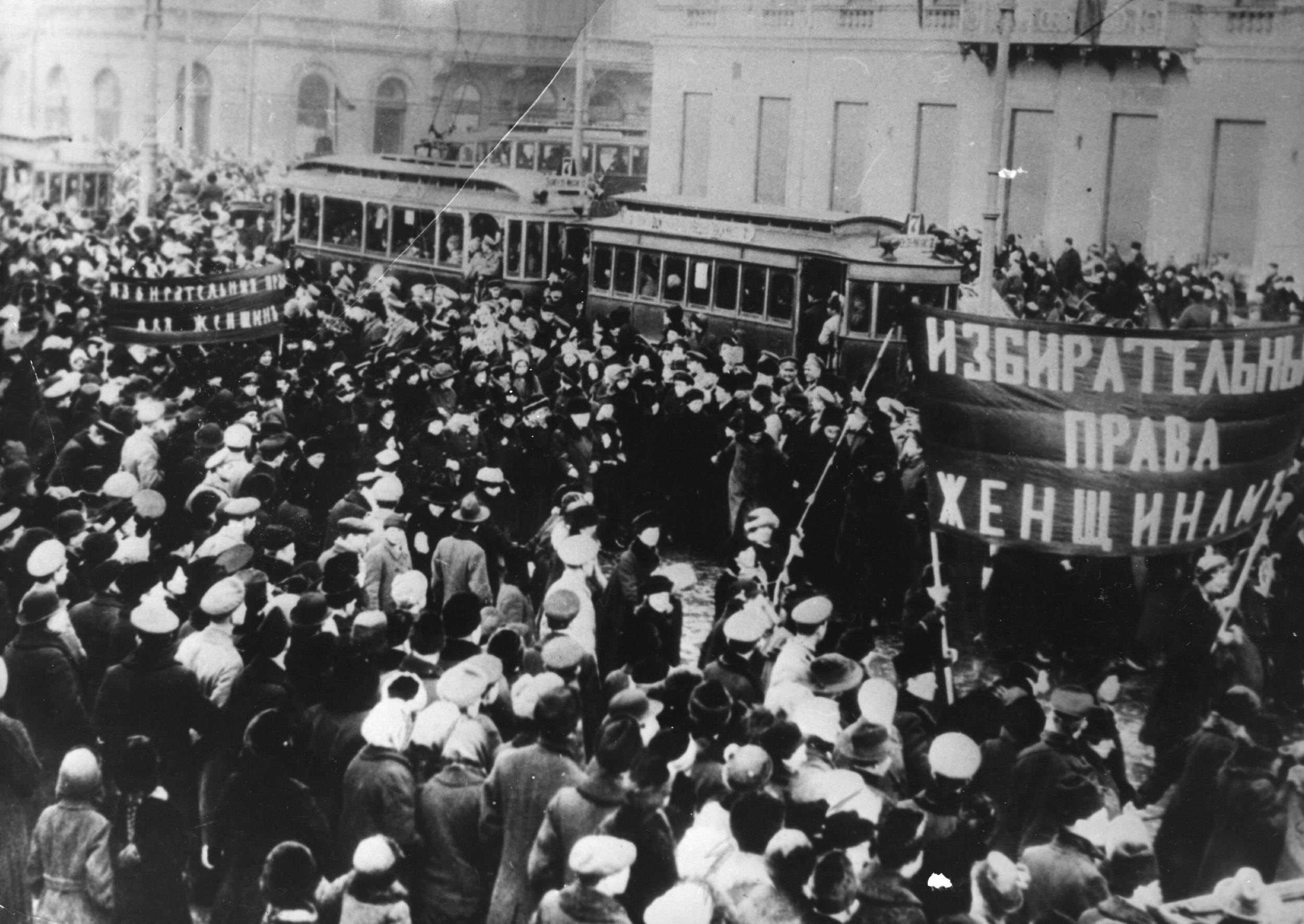Women's suffrage at 100: The countries which gave women the vote before the UK
British colonies among countries which outpaced Westminster's progress on suffrage
Your support helps us to tell the story
From reproductive rights to climate change to Big Tech, The Independent is on the ground when the story is developing. Whether it's investigating the financials of Elon Musk's pro-Trump PAC or producing our latest documentary, 'The A Word', which shines a light on the American women fighting for reproductive rights, we know how important it is to parse out the facts from the messaging.
At such a critical moment in US history, we need reporters on the ground. Your donation allows us to keep sending journalists to speak to both sides of the story.
The Independent is trusted by Americans across the entire political spectrum. And unlike many other quality news outlets, we choose not to lock Americans out of our reporting and analysis with paywalls. We believe quality journalism should be available to everyone, paid for by those who can afford it.
Your support makes all the difference.One hundred years ago, eight million British women secured the right to vote after a long struggle by the Suffragette movement.
It was not until a decade later that universal suffrage was introduced, but the 1918 Representation of the People Bill was still a major step forward that put the the country ahead of other nations, such as France.
However, Britain was not the first to make that step.
Several countries, including former British colonies, outpaced the UK's rate of progress by introducing votes for women earlier.
New Zealand (1893)
The Pacific island nation, then a self-governing colony of the British Empire, was the first country to allow all women to vote in parliamentary elections. Women were not allowed to stand in the elections until 1919. New Zealand elected its first female Prime Minister Jenny Shipley in 1997.
Australia (1902)
The Australian Constitution extended voting rights to non-Aboriginal women across the country. Women in Southern and Western Australia had been able to vote in federal elections since the previous year. However, Aboriginal women and men were barred from voting in national elections until 1962.
Finland (1906)
The Nordic state, then part of Russia, blazed a trail for gender equality by becoming the first in the world to five women unrestricted rights to both vote and stand in parliamentary elections. Nineteen women became MPs in elections the next year.

Norway (1913)
Middle-class women had won the right to vote in parliamentary elections in 1907. Six years later a motion to introduce universal suffrage was passed unanimously by MPs.
Denmark (1915)
Danish women won the right to vote in parliamentary elections following decades of increasingly disruptive campaigning. Suffrage was extended at the same time to women in Iceland, which was then part of the Kingdom of Denmark.
Russia (1917)
The government gave women the right to vote following months of suffragist rallies, including a 40,000-person march on the Tauride Palace.

Join our commenting forum
Join thought-provoking conversations, follow other Independent readers and see their replies
Comments